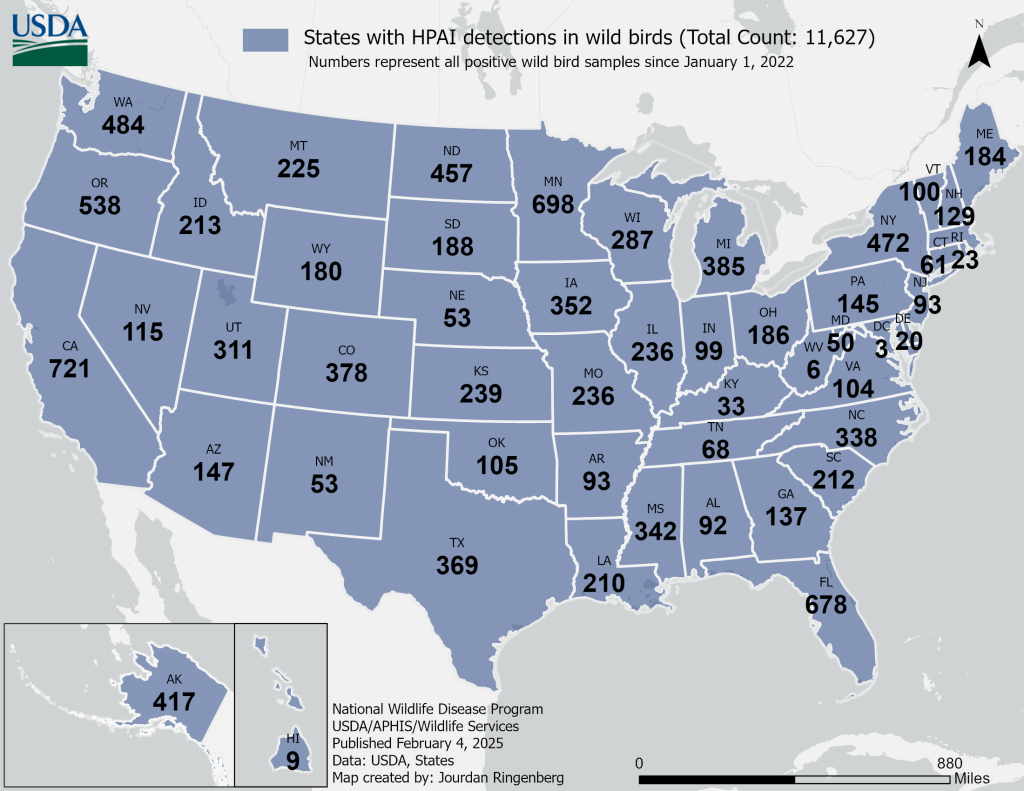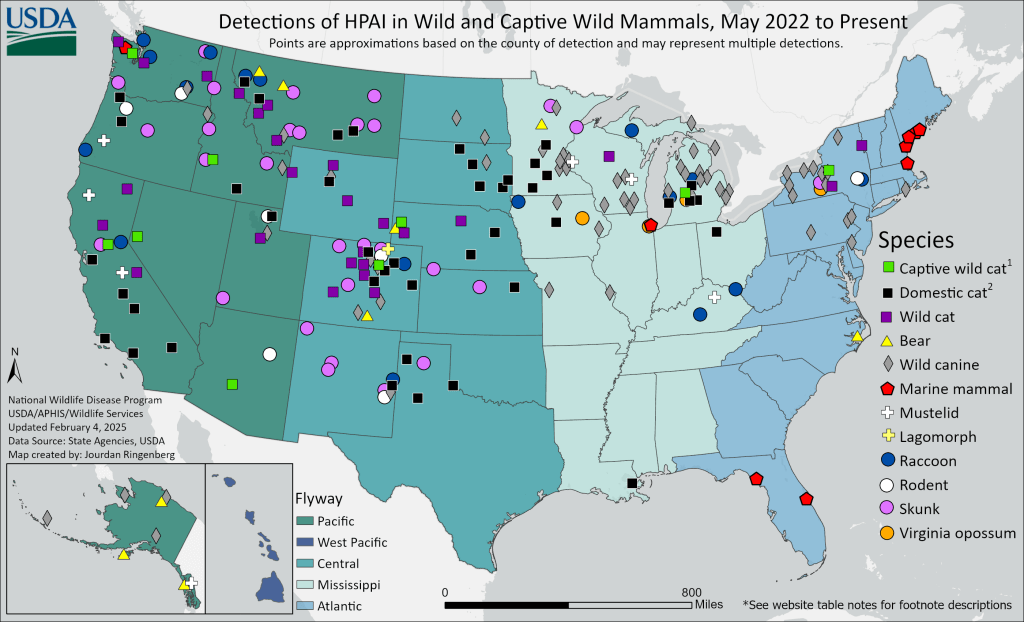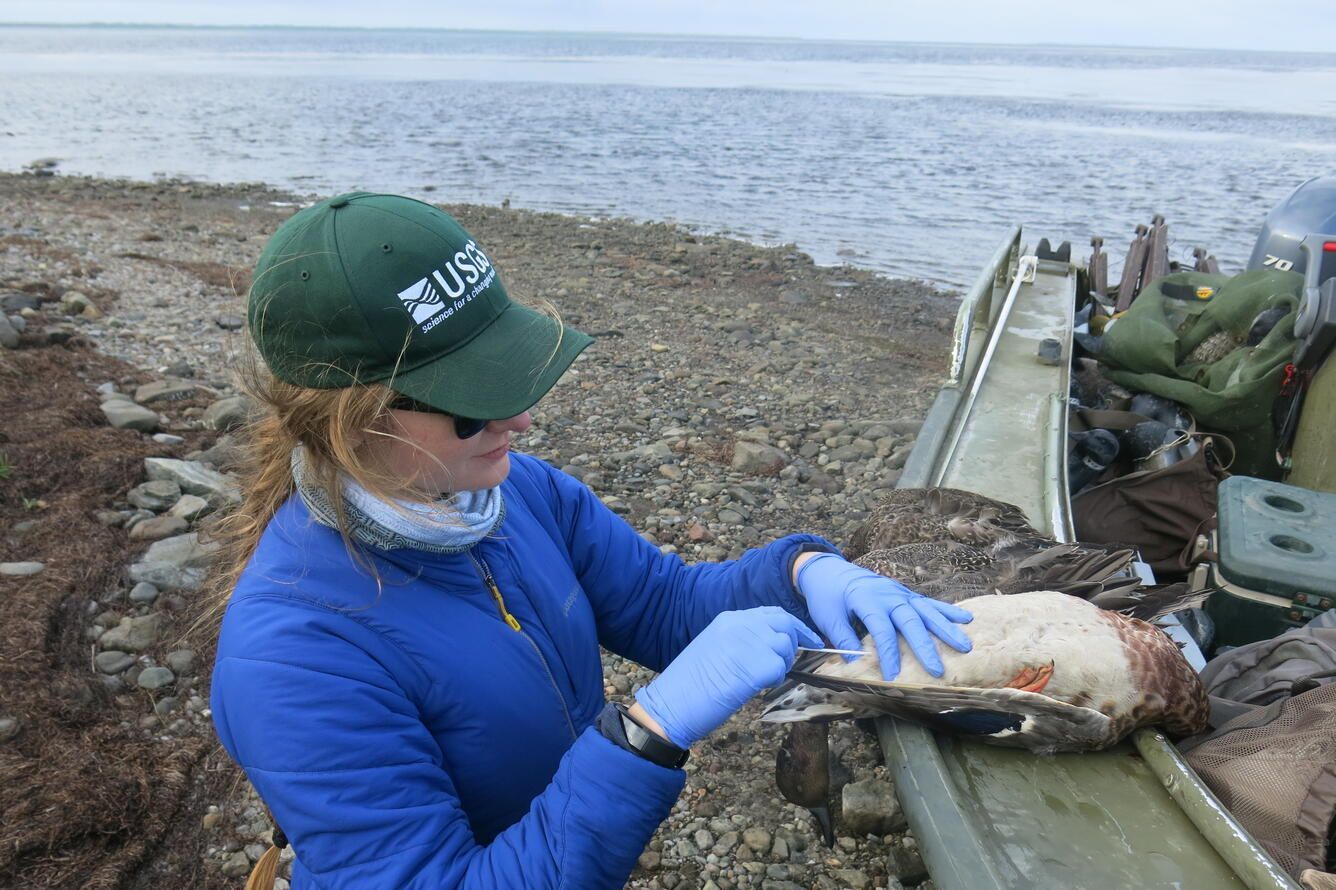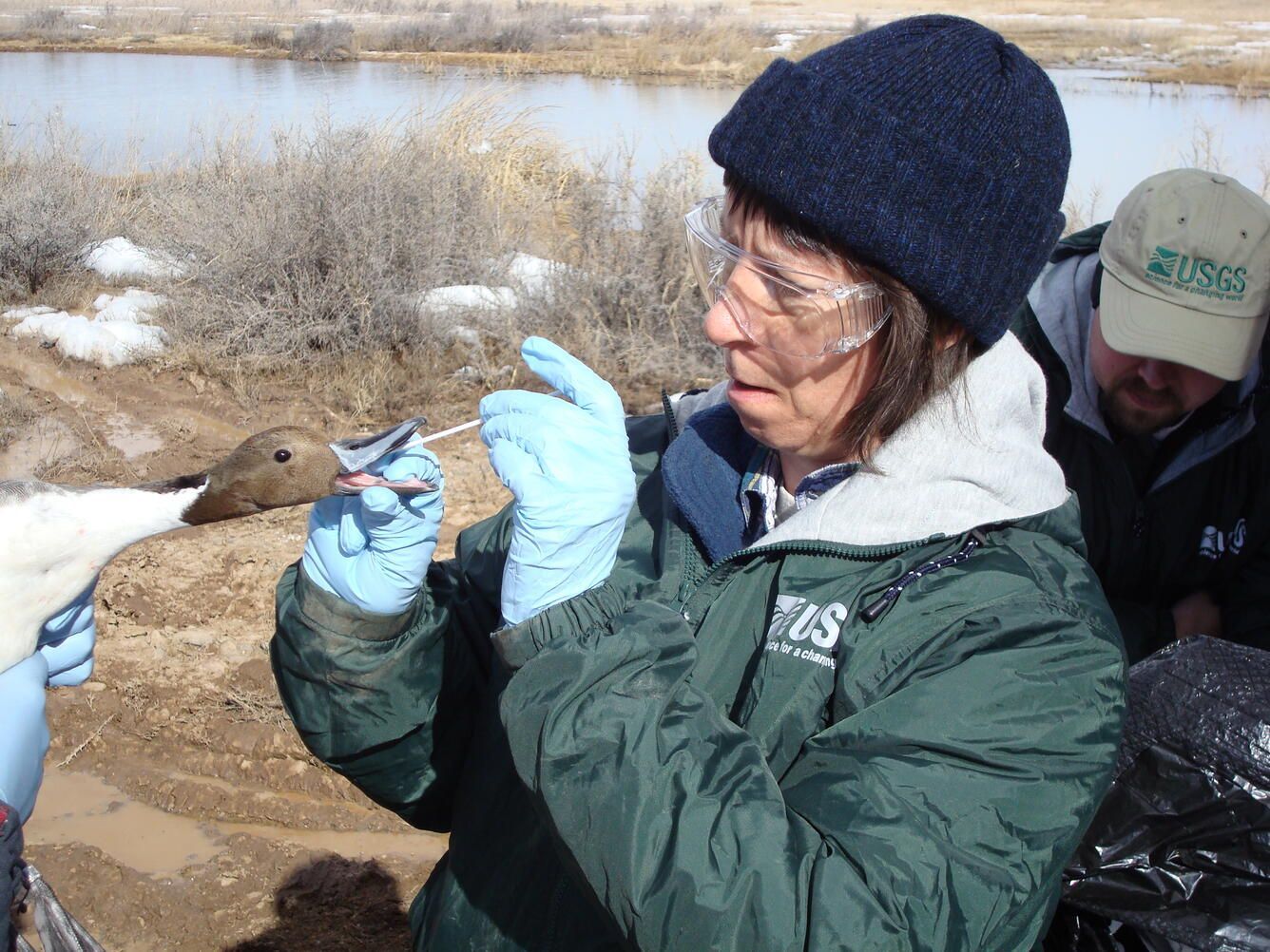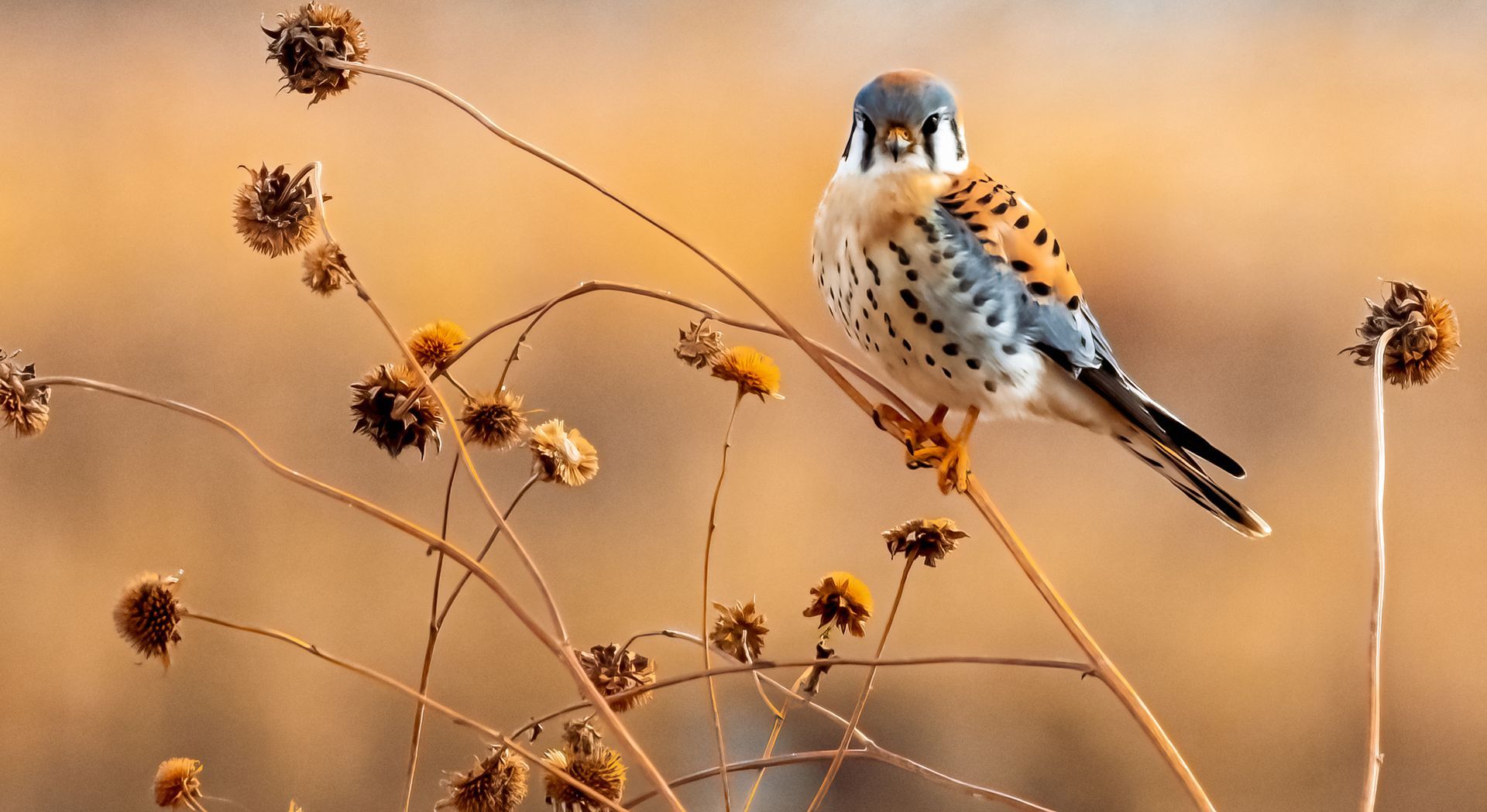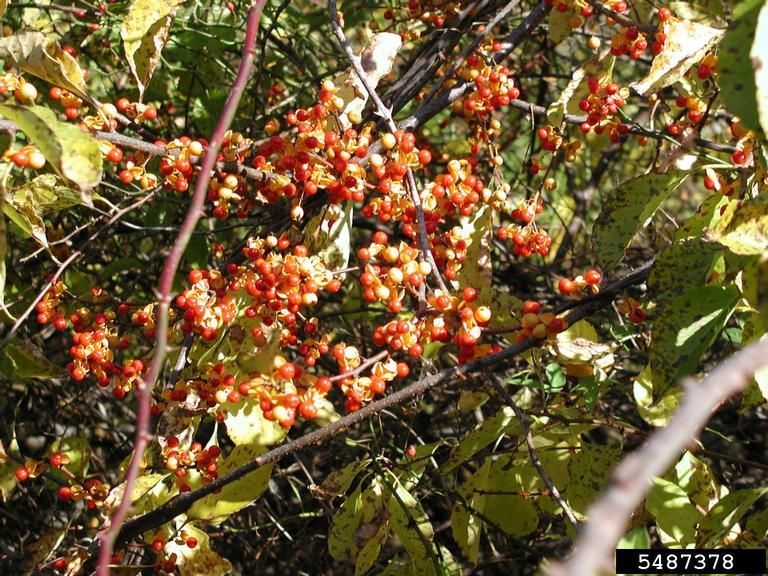Fowl Play: Highly Pathogenic Avian Influenza's Resurgence
What is Highly Pathogenic Avian Influenza (HPAI)?
Highly Pathogenic Avian Influenza (HPAI) is commonly shortened to avian influenza or bird flu. In this case, high pathogenicity indicates a high potential for this virus to kill chickens, as USDA Animal and Plant Health Inspection Services (APHIS) stated. Along with other Influenza type A viruses, this virus can cause a pandemic. Reports have been found of positive cases in wild water birds and domestic poultry since 2014. All About Birds compiled a list of species with HPAI detection including passerines, waterfowl, raptors, and more. Beyond birds, the USDA APHIS compiled a list of detections impacting mammals from domestic cats to bottle-nosed dolphins. In Michigan, 35 detections in mammals have been recorded, most within the canid family. The Michigan Department of Natural Resources (DNR) indicated increased mortality of wild birds like Canada geese, trumpeter swans, and scavenging birds since December 2024.
How is HPAI Transmitted?
According to the Centers for Disease Control (CDC), this disease spreads through infected saliva, mucus, and feces of birds. Moreover, when present in other species like mammals, the virus can be transmitted through other bodily fluids like milk. The DNR reports that wild birds act as a reservoir for avian influenza while domestic birds provide an environment for the mutation of the virus. An infected bird can contribute to the spread of the disease, even an asymptomatic bird can be a carrier of the virus, especially in those that migrate. In contrast, the US Fish and Wildlife Service does not consider bird feeders problematic as the frequented birds are not typically infected making up only 3% of reported cases. However, creating a naturally attractive space with native vegetation while providing proper cover for birds is more effective. As with many viruses, the pathogen can survive outside the host depending on the infected material and environmental conditions, increasing the chances of spread. Additionally, some of the symptoms of infection can help spread to nearby individuals when dispelled from the body.
Recognizing HPAI
Signs of sick animals can include lack of energy, coughing, sneezing, diarrhea, and neurological disorders which may all lead to the death of an infected individual. To streamline surveillance, testing is prioritized for die-offs including six or more birds in addition to suspected birds of prey and wild mammals. Testing for virus presence includes oral and cloacal swabs being sent to the Veterinary Diagnostic Laboratory in Michigan with positives going to the USDA National Veterinary Services Laboratory.
Humans can occasionally become infected after directly coming in contact with infected poultry, however, the disease can't be spread by human-to-human contact according to the Michigan DNR. The strains H5N1 and H7N9 cause concern for humans as they have the potential for creating a pandemic although most other strains of bird flu do not pose a threat to humans. Symptoms in an infected human can range from minimal to life-threatening.
Treatment
There is currently no treatment for infected wild populations. While culling can be a solution for some diseases, this situation would not contribute to the control of the disease as free-ranging birds are widespread and plentiful. However, domestic birds can be depopulated for containment depending on how quickly detection occurs and where nearby flocks can be quarantined and tested for the virus. To aid in controlling spillover events, proper biosecurity measures should be taken as enforced by the Michigan Department of Agriculture and Rural Development (MDARD).
If contact with a potentially diseased bird is made, humans can monitor themselves for 10 days for developing symptoms. The
CDC also has further guidelines for the prevention and treatment of avian influenza in people.
Impacts on Michigan
Michigan’s first detection of HPAI was in 2015 in wild Canada geese. As reported by the USDA in January of 2025, there were positive cases of HPAI in wildlife within Eaton, Jackson, Kalamazoo, Mackinac, Marquette, Roscommon, St. Joseph, and Washtenaw Counties. While the disease is negatively impacting wildlife, there have also been issues within poultry and even cattle farms. The presence of the virus at poultry farms can impact the economy, losing billions of dollars due to the ability of HPAI to wipe out the flocks. With the ability of this virus to transmit between species, there can be conservation implications for populations of wildlife already at risk like bald eagles in addition to domestic birds. While there may be a local decrease in the waterfowl population, the DNR does not suspect an impact to reach the statewide population. In contrast, impacts on the raptor populations are more unknown and commonly impact colony nesting birds like cormorants.
The Michigan DNR urges against harvesting or handling sick or dead birds to limit exposure and potential for transmission. Waterfowl hunters can take precautions such as disinfecting equipment, field dressing, wearing the proper personal protective equipment during handling, and cooking meat to an internal temperature of 165 degrees Fahrenheit among other precautions by USDA APHIS. Many waterfowl hunters utilize dogs for retrieval of down birds, however, it can be important to consider what they are exposed to in addition to personal safety. A study done by Ducks Unlimited revealed only 2% of dogs with antibodies of the virus and one confirmed case of a dog's death in North America indicating a low level of concern. However, all recommendations for hunters should also apply to dogs as recommended by the DNR.
Learn More
For more information on avian influenza or other diseases, visit the USDA APHIS or CDC websites. If six or more wild birds are found dead, a report can be made to the DNR’s Eyes in the Field or contact the DNR Wildlife Disease Laboratory (517-336-5030). Along with reporting, the Fish and Wildlife Service recommends avoiding handling sick or dead wildlife, unless proper safety equipment is used when contact is necessary. Many additional questions about avian influenza can be answered on the DNR’s frequently asked questions page.

